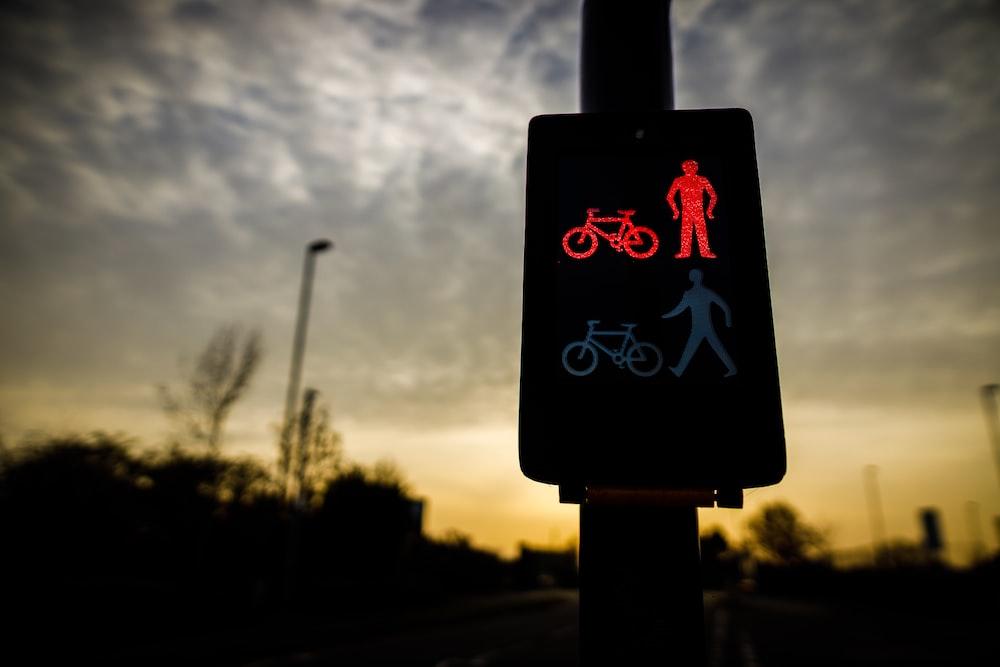Globally, approximately fifty million people are injured, and well over one million lose their lives in traffic accidents. The frightening thing about these statistics, apart from the unbelievably high number of casualties, is that every single accident is completely preventable. Shockingly, research shows that every twenty-four seconds, an individual dies in a traffic accident. Reversing these numbers and ensuring everyone is safe on the road is a work in progress, and there are many aspects to take into consideration.
However, that doesn’t mean that practicing safety behind the wheel isn’t incredibly important and that drivers and pedestrians should take all the necessary precautions to protect themselves at all times.

Image source: https://unsplash.com/photos/QGgKtX6VMGw
The risks
Before discussing how accidents could be averted, it’s essential to discuss the circumstances that lead to accidents occurring in the first place. Driver behaviour is one of the chief conditions that could cause an accident, so it’s important to be mindful of the rules at all times, even when the road seems clear, and you believe there’s no risk of an accident.
Tailgating is a common driving behaviour that can pose significant hazards, and several motorways in the UK, Australia and Canada feature markings and warnings for drivers so as to correct this behaviour. In Germany, any driver found guilty of tailgating can receive a fine of approximately €400 and have their licence suspended for roughly three months.
Driving under the influence is another common culprit since drugs and alcohol impact a person’s perception, attention levels and reflexes, all of which are crucial behind the wheel. Speeding and being distracted by your phone or the other passengers are possible factors too.
Therefore, it’s important to be aware of the fact that most accidents are a direct result of human error and incorrect decisions made behind the wheel. If you want to minimise your chances of getting into a road collision, avoid being aggressive or reckless when you drive, as well as sleepy or weary. And you should never, under any circumstances, get behind the wheel if you’ve been drinking.
Driving conditions
It’s not just about your choices when it comes to safety on the road but also the conditions in which you’re driving. If you took all the necessary precautions but were still involved in an accident due to someone else’s negligence, you should head to https://www.personalinjuryclaimsuk.org.uk/ to decide how to proceed going further.
Talking to a specialist will also provide you with a clear picture of the necessary evidence you need to gather to support your case, including medical files, photos of the health and vehicle damage, and, if available, CCTV footage of the scene.
Driving at night increases the likelihood of getting into an accident, so you should avoid doing it as much as possible. Even when the headlights are on, your visibility is still limited to somewhere between 70 and 150 metres, meaning you automatically have much less time to react to anything on the road. If you’re speeding, the danger factor increases even further, and you could end up with a recipe for disaster.
But what if you absolutely need to drive somewhere, and it’s already pitch-black outside? Look away from any oncoming lights and make sure your windshield is crystal clear, as even a fine layer of dust can produce intense glare. Although this typically only occurs for no longer than a moment, it is enough to create dangerous conditions and perhaps even cause an accident.
How the weather is when you drive is also important, and poor conditions are naturally associated with a higher incidence of collisions.
Naturally, during extreme events such as wildfires, floods, snowstorms and earthquakes, you should follow the official safety guidelines and avoid going outdoors unless the authorities deem it safe. But you might be caught on the road when it suddenly starts raining or snowing. Stopping isn’t really an option in cases such as this.
If the weather suddenly becomes unfavorable, drive slowly so that you’re in full control of your vehicle and there’s no risk of slipping. Make sure there’s plenty of space between you and the cars ahead or behind so you’ll have time to stop if necessary. And as always, stay alert. Using your phone or conversing with other passengers while driving in the rain can be even more dangerous than when it’s all clear and sunny.
As a pedestrian
While safety rules for drivers are frequently discussed, and most are aware of what they should and shouldn’t do to keep both themselves and others secure, it’s a different story when it comes to pedestrians. It’s not just about those that choose walking instead of getting in a car. Drivers themselves are often chiefly focused on other vehicles and neglect the pedestrians on the road.
If you walk, follow the rules as well and obey all the signs and signals regardless of where you are. Stick to using the sidewalks, and if the option isn’t available, walk facing the traffic. This method should be avoided as much as possible and should only be used as a last resort. Be careful when crossing, and check for any incoming cars. This is especially important as many drivers neglect the rules, and you must be prepared for situations in which they don’t consider pedestrian safety.
If crosswalks aren’t available, wait for a gap in the traffic to ensure you’re safe, but continue to be alert until you’re on the other side. Just like in the case of drivers, you should avoid walking if you’re under the influence of drugs and alcohol, as they impact your judgment. And, of course, avoid potentially hazardous practices such as jaywalking.
Traffic accidents can have a dramatic impact on an individual’s life, sometimes leading to life-altering injuries and even death. When you’re on the road, regardless of whether you’re driving or not, follow all the rules and avoid doing anything that could put you or others at risk. It could save your life, that of any passenger you have in the car at the time, and the lives of pedestrians.

